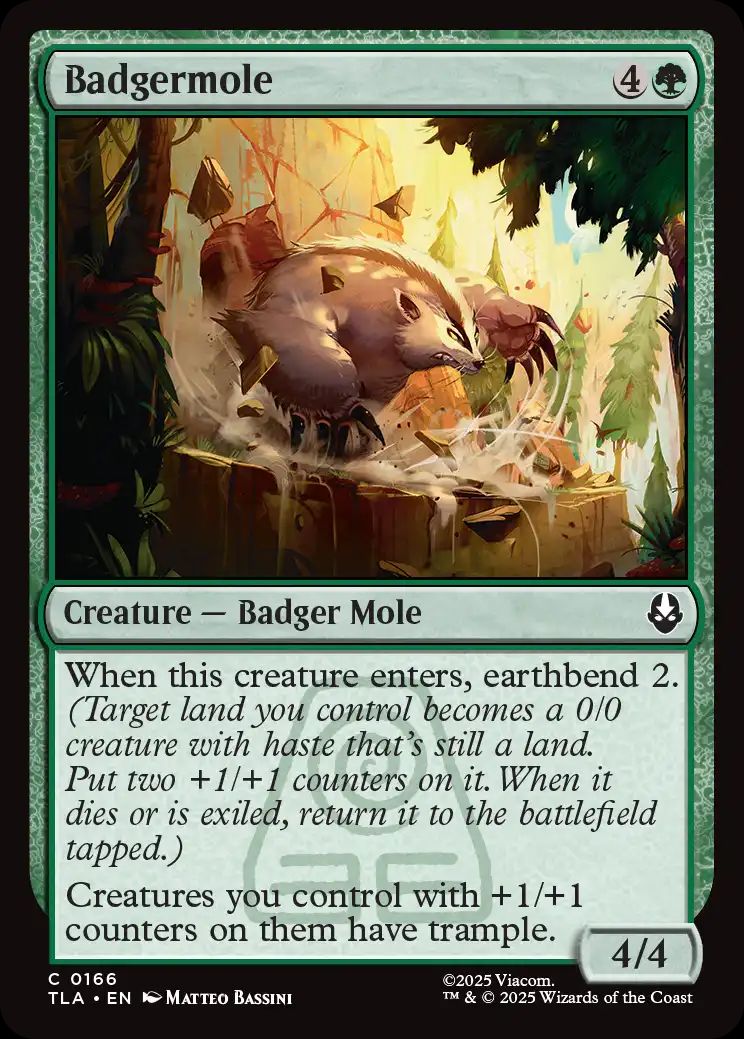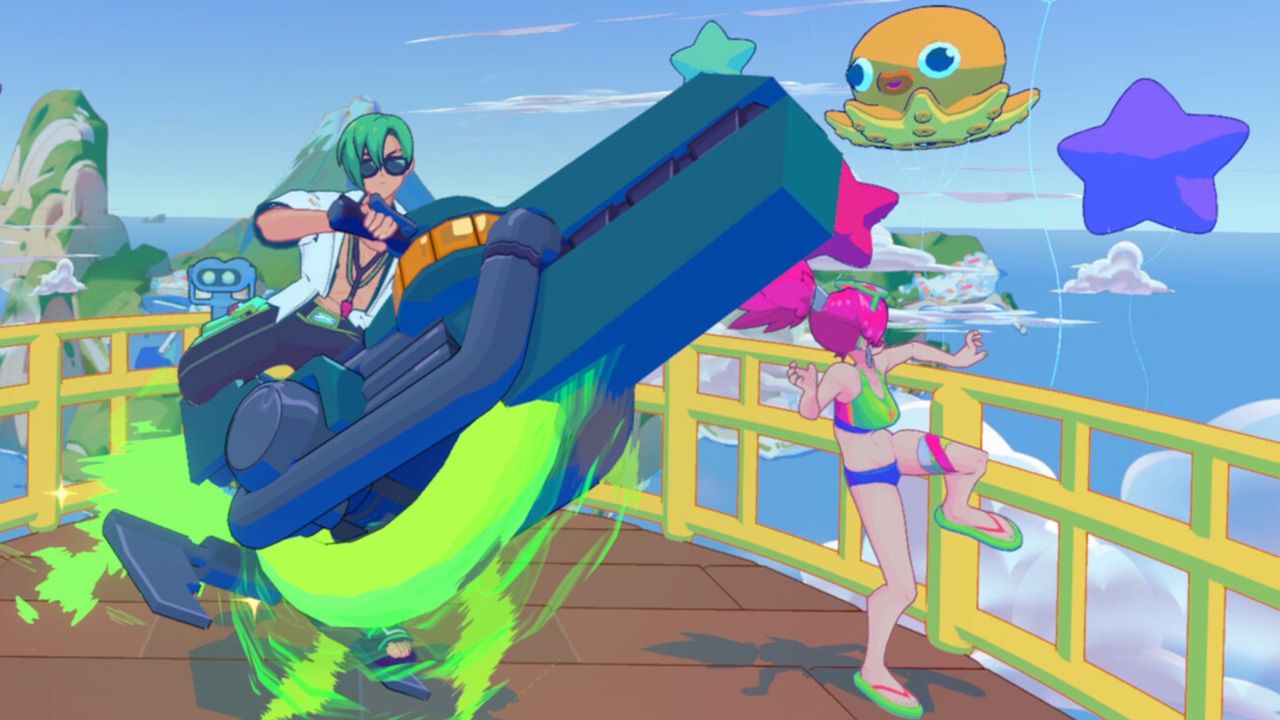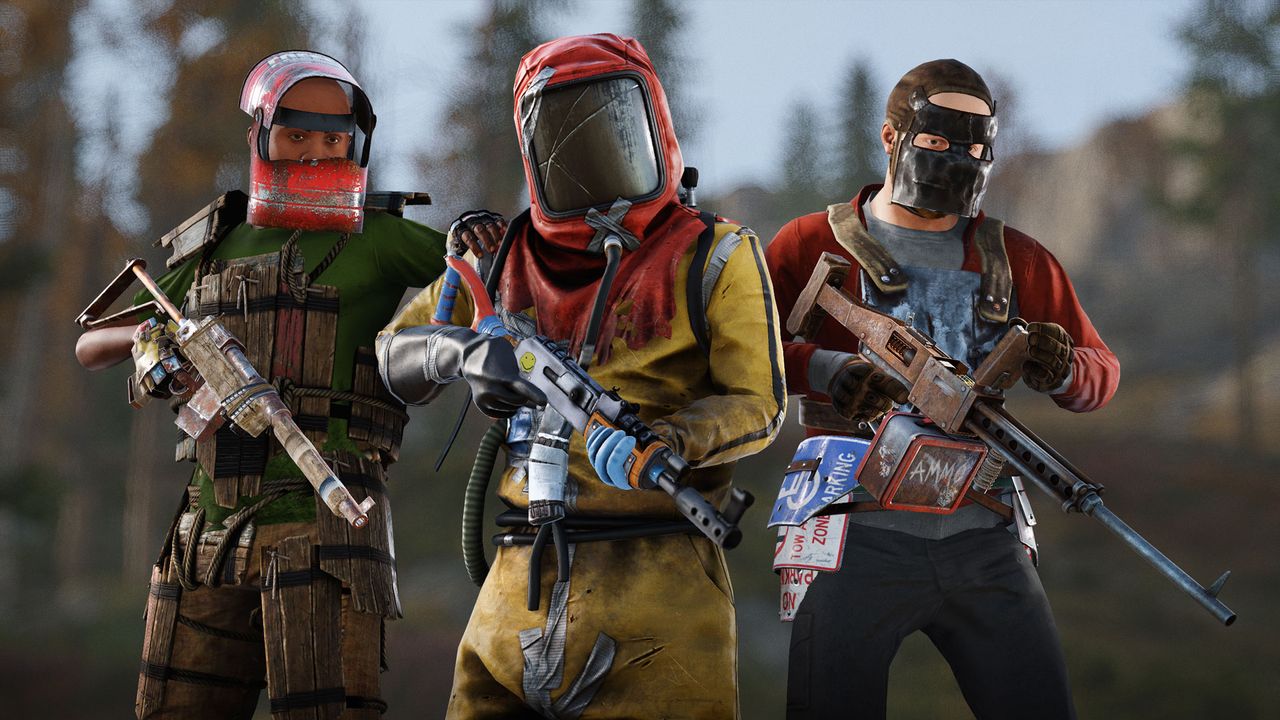Someone really did their homework figuring out ways to make the four kinds of bending from Avatar: The Last Airbender work in Magic: The Gathering

Avatar: The Last Airbender has a magic system they repeatedly claim isn’t magic (though it clearly is), which is themed around the four elements. You might think that maps easily onto Magic: The Gathering—red is fire, blue is water, white is air, green is earth, you’ve got black left over so throw it on any leftover bad guys like those creepy Canyon Crawler insect things, bish bash bosh, job’s a good’un. But where the previous Spider-Man crossover set was content to wrap deep cuts from the Spider-Verse in existing mechanics, Avatar is more systemically ambitious, giving each flavor of elemental bending its own mechanic.
Which is an interesting choice for a set you would expect to be aimed at younger players, but I guess they figured if a 12-year-old can play Magic and make it through the filler episodes where Aang and the gang trudge through a swamp or a town where things are a bit weird then they can sure as hell learn some new rules.
Firebending seems like an obvious one. Magic’s already got fireballs. But firebending is more than just a spicy ranged attack—it’s the one variety of bending where you don’t need to have the element at hand. While airbenders have it easy because the element’s usually all around, in the show waterbenders have to carry a bottle just in case and earthbenders can typically be defeated by cutting them off from the ground. Firebenders meanwhile just pull fire out of nowhere.
Waterbending, meanwhile, needs a source. Instead of being free, waterbending effects all have a cost—but that cost can come from multiple places. As well as tapping land, you can also tap creatures and artifacts to pay for its effects. And since the show depicts waterbending as able to heal or harm or freeze or do any number of things, Magic’s waterbending can likewise have varied effects like stunning, card draw, swapping a creature’s stats, and so on.
It reminds me of the way Ishi Barasume describes her fighting style in the Forgotten Realms comic: “We fight like the river. Changeable. Malleable. Always present, but always moving—and a river flooding its banks will uproot the oak and drown the lion.”
Earthbenders turn the ground into a tool, whether attacking with boulders or summoning a shield or molding it into a quick door to escape through. That’s a neat fit for Magic where you’re always drawing on land for mana, so the earthbending mechanic lets you turn land into creatures. Whether you use them for attack or defense is up to you.
While it’s the same idea as the awaken mechanic introduced back in the Zendikar set, the downside to awaken is that you can end up losing the land cards it turns into creatures. Earthbending doesn’t have that downside—you can bring those lands back from the graveyard or from exile. Those boulders Toph rolls don’t go away when she’s done with them, after all. Land you earthbend also gets haste, which maps to the speed the show’s earthbenders display in battle, or in wrestling tournaments.
Finally, airbending is all about agility, shoving enemies off-balance and scooting away from them. In Magic that translates to an ability to exile cards that can then be brought back for two mana. It’s both a push and a dodge, simultaneously able to knock enemies away from you and flip your own creatures out of danger. The most thematic thing about it is its rarity. It’s right there in the name of the show—Aang is the last airbender, so airbending is the least common of the four effects in Magic.
Where the Spider-Man crossover set was mostly about putting characters from the Spider-Verse onto fairly typical Magic cards, the Avatar set uses its setting to inspire changes. It’s an interesting contrast, and even though I’m not as interested in Avatar as a property I am more interested in how this set plays. The Universe Beyond sets have been at their best when they warp Magic in unexpected ways, like Tales of Middle-earth did with The Ring Tempts You and hobbits spraying a proliferation of food tokens everywhere. I’m glad the Avatar set is a more ambitious crossover, even if I’ll never love it as much as the Avatar Enthusiasts do.







